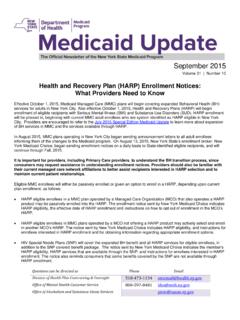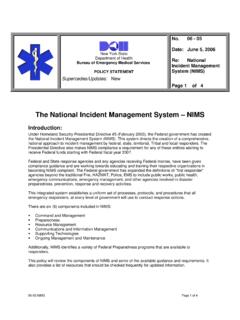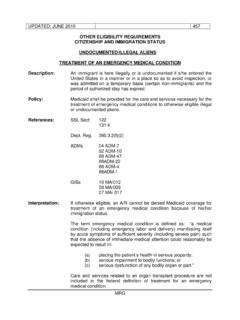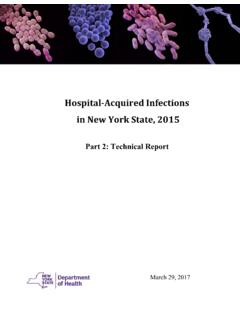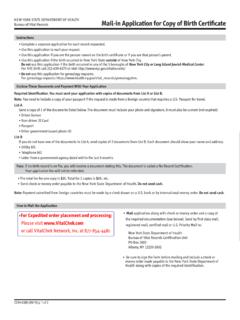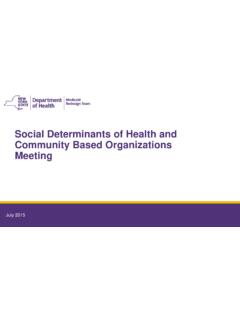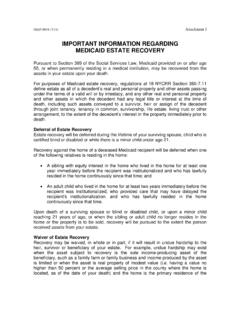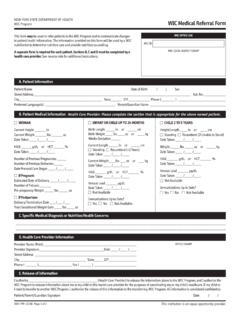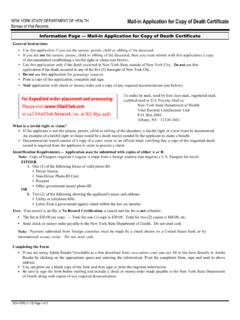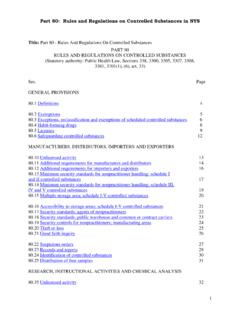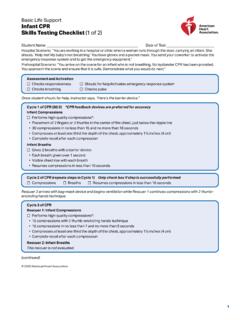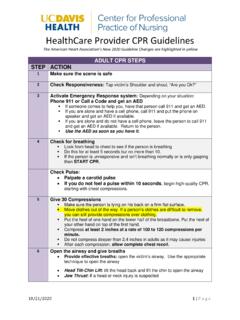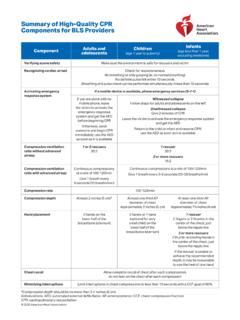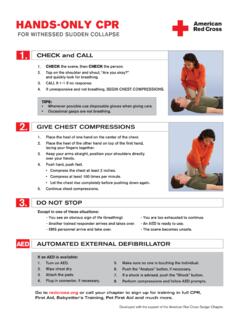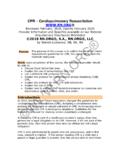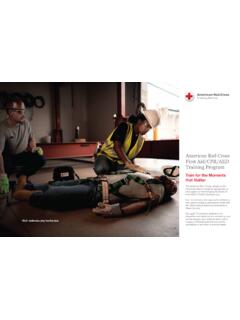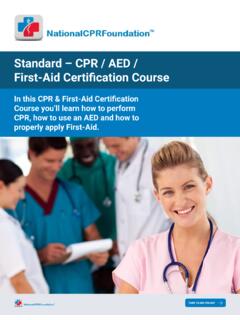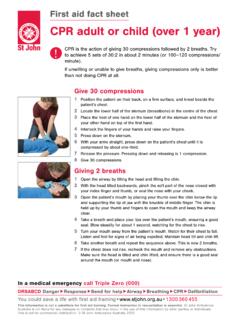Transcription of Newborn Resuscitation Initiating Chest Compressions
1 Newborn ResuscitationInitiating Chest CompressionsRationale: Newborn CPR is different than Infant CPR and not generally included inEMT class. It differs from Infant CPR in several significant ways:NewbornInfantRate of Compressions 120/minuteat least 100/minDepth of to 1 Compression:Ventilation Ratio3:15:1No. of Rescuers2 or more1 or moreTarget Heart Rate 80/min60/minNewborn Resuscitation is designed to assist the baby in adjusting to life outside of theuterus. The care of a Newborn is specialized, as the only time these skills will be usedis in the minutes before, during or after birth, because this is the time period when theadjustments must occur.
2 Even though young infants are referred to as newborns, Resuscitation for these babiesfollows Infant CPR guidelines. The principles are the same: positive pressure ventilation coordinated with chestcompressions in order to restore adequate cardiopulmonary the prehospital setting, it is not enough to simply perform CPR, but EMTs must alsomake decisions about transporting their patient. The step of preparing for transport isincluded in the skill sheet as an issue to pre-plan. Transportation while performing CPRis included in one of the Newborn Resuscitation Newborn Resuscitation Skill SheetThe students will demonstrate the following actions:Stimulates, positions, suctions, dries and warms baby.
3 (Baby is limp and blue).Repeats stimulation and suctioning.(Baby remains limp and blue).Verbalizes the need to ventilate baby.(May briefly try oxygen administration while accessing BVM).Correctly positions Newborn for ventilation.(Avoids hyperextension, places pad under shoulders).Rescuer 1 ventilates correctly:Squeezes BVM only until Chest is 40 - 60 oxygen set at 10-15 30 seconds, Rescuer 2 evaluates heart rate.(Heart rate is 50/min.)Rescuer 2 verbalizes the need for Chest correctly:Rate is correct. Depth is position is hands encircling chestThumbs side by side or overlapping on lower half of sternumThumbs remain on sternum between of two fingers; middle finger and index or ring fingerPositioned perpindicular to the Chest on the lower half of of fingers remain on sternum between 1 coordinates ventilations with 30 seconds of CPR, Rescuer 2 checks 1 and 2 continue CPR if heart rate not 2 checks pulse every one minute 1 and 2 prepare for transport.
